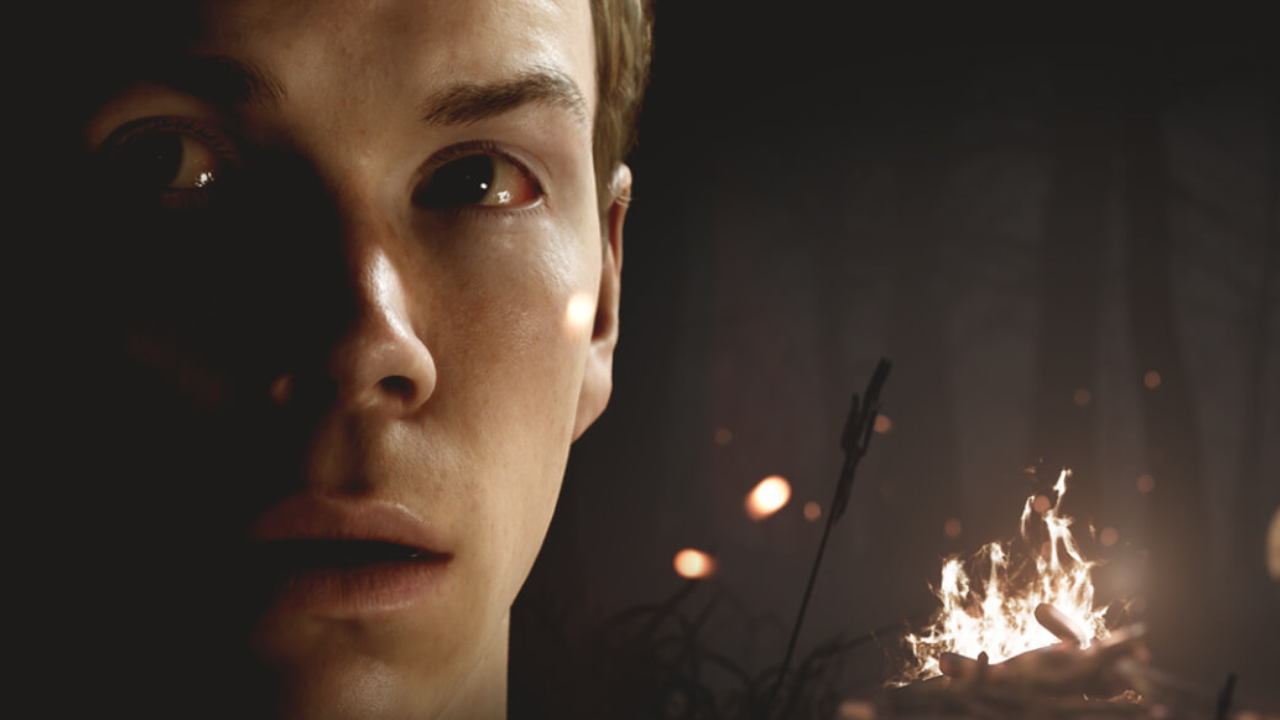GamesRadar+ Verdict
However you felt about Man of Medan, Little Hope surpasses it, promising a lot for The Dark Pictures' final act.
Pros
- +
A more cohesive story than its predecessor
- +
Strong characters deliver a gut-punch ending
- +
A more interesting and atmospheric setting
Cons
- -
Tense, but never scary
- -
QTEs are often too easy
Why you can trust GamesRadar+
The success of Until Dawn gave Supermassive carte blanche to develop The Dark Pictures Anthology, but after Man of Medan, I was worried the team had lost itsgrip on what made the earlier cinematic horror game work so well. Thankfully, with Little Hope, Supermassive Games has rekindled that magic like a witch conjuring spells by campfire.
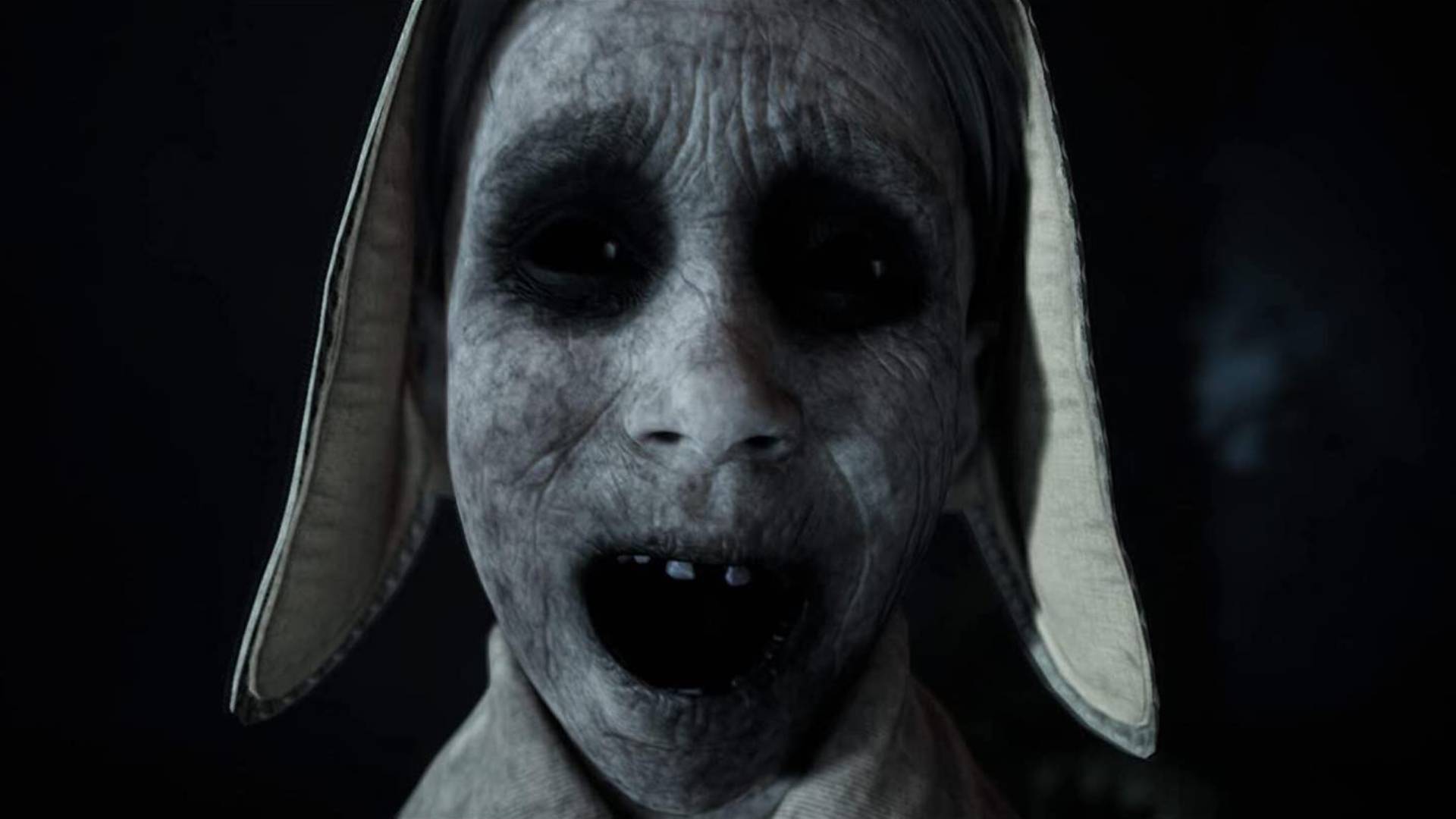
Release date: October 30, 2020
Platform(s): PS4, Xbox One, PC
Developer: Supermassive
Publisher: Bandai Namco
In Little Hope, five playable characters quickly find themselves in the throes of inescapable doom related to the infamous New England Witch Trials in and around Salem, Massachusetts of 1692. It's a setting largely ignored in games but well-tread in other media, and thanks to a fascinating first act, it's quickly exciting to be dropped into this new story with a whole new cast of characters. The team at Supermassive has said each of The Dark Pictures is meant to be briefer than Until Dawn's eight-hour story, spurred by an intention to launch one entry in the trilogy per year. But, Supermassive smartly works within its limitations to tell an effective horror story. Where the ghost ship of Man of Medan faltered as a memorable setting, the titular haunted town of Little Hope shines.
The bewitching hour
Ever since the original Silent Hill used thick fog to hide poor draw distances, such weather conditions have become synonymous with horror games. Little Hope uses it too to send you down linear roads, all blanketed with the same low-lying clouds. For the first hour, I was worried that the game would keep players on this singular foggy road for the entire game. But, those fears soon dissipated as the story brought me to abandoned factories, burned down homes, and creepy museums whispering tales of women wrongfully sentenced to death for suspicion of witchcraft.
As a Massachusetts native, I loved exploring every corner of the town in Little Hope. It's not open-world by any means, but out of the fog and within each scene, there can be plenty to explore - broken cabinets to open, fallen portraits to turn over, aged notes to read. Though Little Hope is not meant to be a stand-in for Salem - they co-exist in the game's story - it's obvious having spent many days there myself that Supermassive took direct inspiration from some of the landmarks. Even some interiors are very similar to places I've been to. In that way, Little Hope builds its original ghost story around real-life scares in an awesome way that Supermassive hasn't tried until now.
Little Hope plays just as you'd expect if you've played Supermassive's earlier horror-adventure games. Players control several characters through something often closer to a movie than a game, regularly injecting their own direction into a scene: be it a nail-biting, QTE-laden escape from a monster's grasp or the dialogue-heavy, interpersonal dynamics of feuding friends or family members. Shifting filmic camera angles and a near-total lack of HUD make the game immediately and permanently immersive, and the fidelity of character models and detailed environmental design only further this approach. Little Hope, like its in-house predecessors, looks dazzling and atmospheric at all times.
Toil and trouble
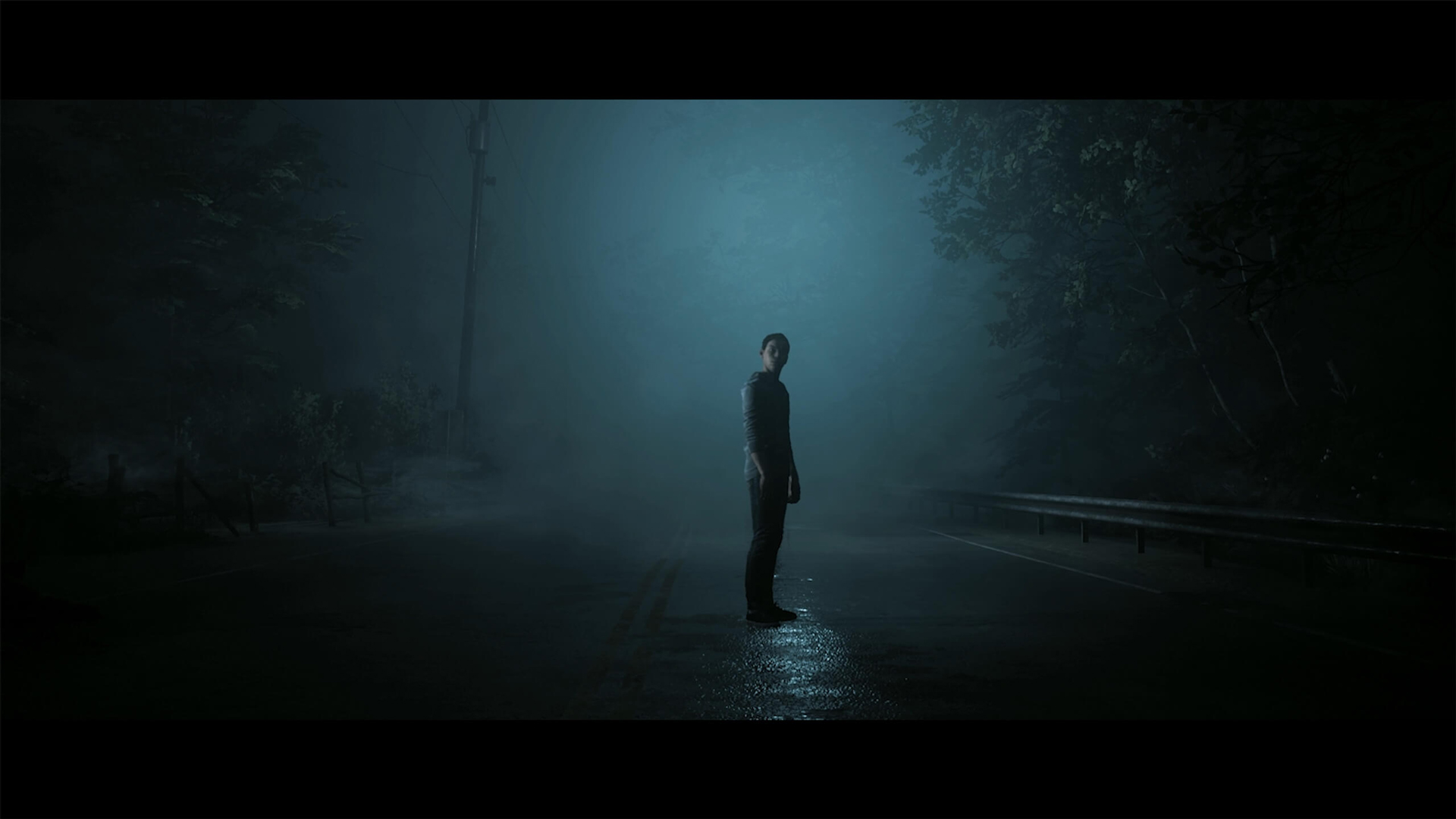
This middle child of the (for now) three-part Dark Pictures is the best so far for many reasons - but primarily because of the story. As the game allows players to fork down different paths like a book only half-written, it needs to flow logically no matter the paths players take. Man of Medan didn't do that in my experience, and while Little Hope isn't without a few similar instances where dialogue options hardly move the story forward, for the most part I came away with few qualms about the story or its pacing.
The ever-present threat of permadeath gives every decision weight and one of my choices leading to a character's death was so painful, I'd almost wished I could rewind and fix it. Thankfully, The Dark Pictures doesn't allow for that, and that gives every move you make feel potentially earth-shattering in Little Hope.
Weekly digests, tales from the communities you love, and more
Drifting off from the group or choosing a path that you suspect may get you hurt can sometimes even reward you instead, which only further muddles decision-making in the best way. The risk versus reward proposition is nearly impossible to decipher, and the game only gives some vague hints like premonitions you can find that reveal glimpses of possible futures, as well as the cryptic musings of the series' overarching Serling-like narrator, The Curator. Horror means never feeling safe, and Little Hope's lasting consequences guarantee this feeling is with you throughout the 5-6 hour tale.
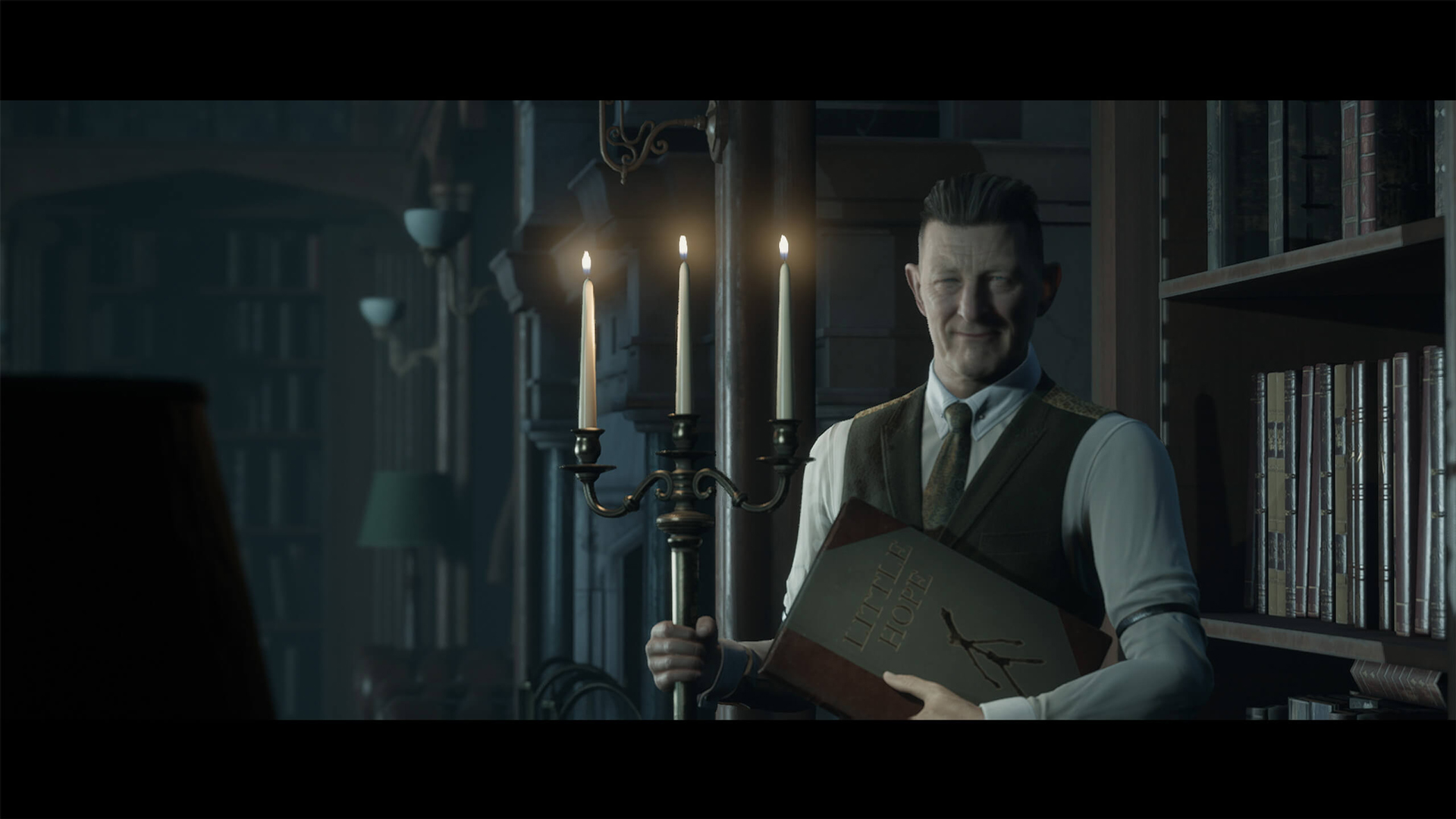
Characters in Little Hope are more interesting as well. Another small cast gives players time to meet all of them, but unlike Man of Medan, which seemed to skip exposition in favor of immediate danger, Little Hope is a slower burn initially. A purposely confusing introduction begins a tale told across three timelines, but with the same actors portraying different roles. In the present and most prominent timeline, four college students and their professor are well cast and fleshed out, and even as you can tweak their traits and relationships based on the decisions you make, they feel consistent and faithful to the characters they are when you first meet them. They aren't blank slates, but they are able to change under their dire circumstances, revealing things about themselves, and perhaps about the player, you never knew.
Once again, Supermassive has done well to cast a relatively famous face. In past games we saw the likes of Hayden Panettiere, Rami Malek, and even Quantum Break's Shawn Ashmore. This time around the face that stands out is Will Poulter, who some will recognize from Netflix's interactive Black Mirror special, Bandersnatch. Poulter shines in the lead role and, like his co-stars, manages to portray three characters across three distinct eras without missing a beat. While earlier games were led by ensemble casts, this one feels more like Poulter's story, and thankfully he steps up to the challenge.
Most importantly, the characters feel integral to the plot this time around. The events of Man of Medan could've happened to any friend group, but in Little Hope, the story exists only because of who these characters are and where they come from. Supermassive loves a twist, and though I imagine this time around how the team uses that plot device will be quite polarizing to players, personally I loved what the team went for. There's a stronger heart at the center of Little Hope than in any of the developer's other games, even outperforming Until Dawn in that regard.
Tense, not terrifying
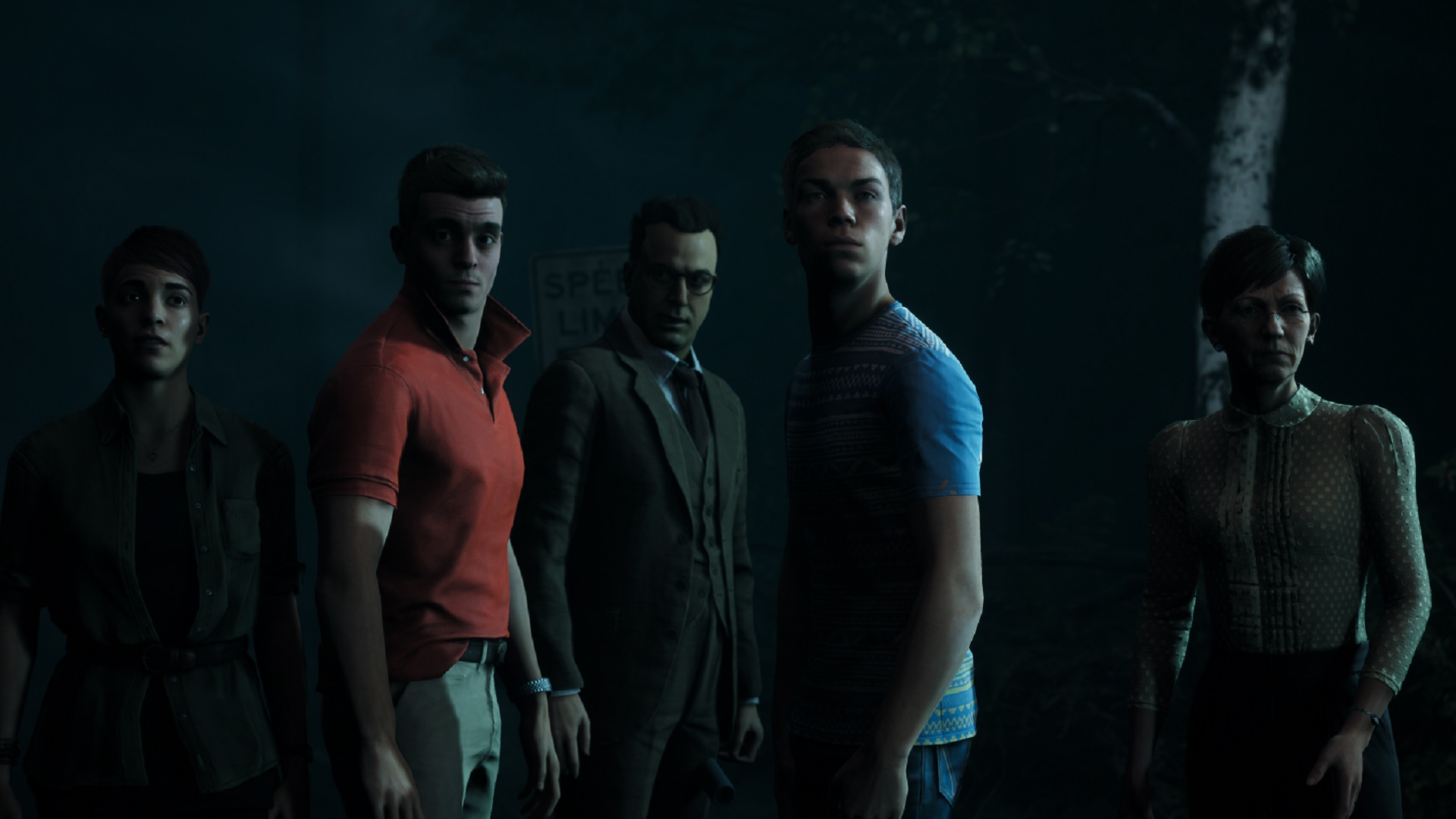
While it's a better game than Man of Medan in most ways, it does share one of its predecessor's issues: it's not scary. It's consistently tense and always atmospheric, but it never instills a sense of dread the way the best horror stories do. The threat of permadeath causes a different kind of anxiety, especially when you feel a loss could've been avoided had you thought things through better, but it's always a different feeling than pure fear, the likes of which one might feel playing Dead Space, Resident Evil, or another survival horror title. I recall having that sense in Until Dawn, but not in Man of Medan.
I don't know if this speaks to diminishing returns on the cinematic nature of the games or if recent entries in the Supermassive catalogue just haven't hit the right notes. I tend to think it's a mix of both. Veterans of the series may better recognize the moments when death is really possible versus when it only appears that way, like peering through the game's impressively complex decision matrix, but there's also an issue of the quick-time events being easier this time around. I failed only one of them in the entire game. There is a lengthy suite of accessibility options to make a lot of these moments easier for players who prefer or need it that way, but I didn't see any that make them tougher, and I would've actually preferred that. Without enough intensity in those scenes, most of my personal anxiety and eventual character deaths came from making the wrong decisions elsewhere in the game. Granted, I still had plenty of those too.
Little Hope purposely remains a slimmer game than that which birthed this niche for the team, but it manages its time much better than Man of Medan ever did. With a more interesting introduction to the characters, a stronger narrative flow juggling all the movable parts, all against a great semi-historical horror backdrop, this is without a doubt Supermassive's best game since Until Dawn. It's never quite scary, but it's always fun. The reveal of The Dark Pictures filled me with excitement only to have that largely extinguished by the lackluster debut, but in this bewitched sequel, there's a lot to celebrate and a lot more reason to hope for what's still to come.
Reviewed on PC.
Mark Delaney is a prolific copywriter and journalist. Having contributed to publications like GamesRadar+ and Official Xbox Magazine, writing news, features, reviews, and guides, he has since turned his eye to other adventures in the industry. In 2019, Mark became OpenCritic's first in-house staff writer, and in 2021 he became the guides editor over at GameSpot.
